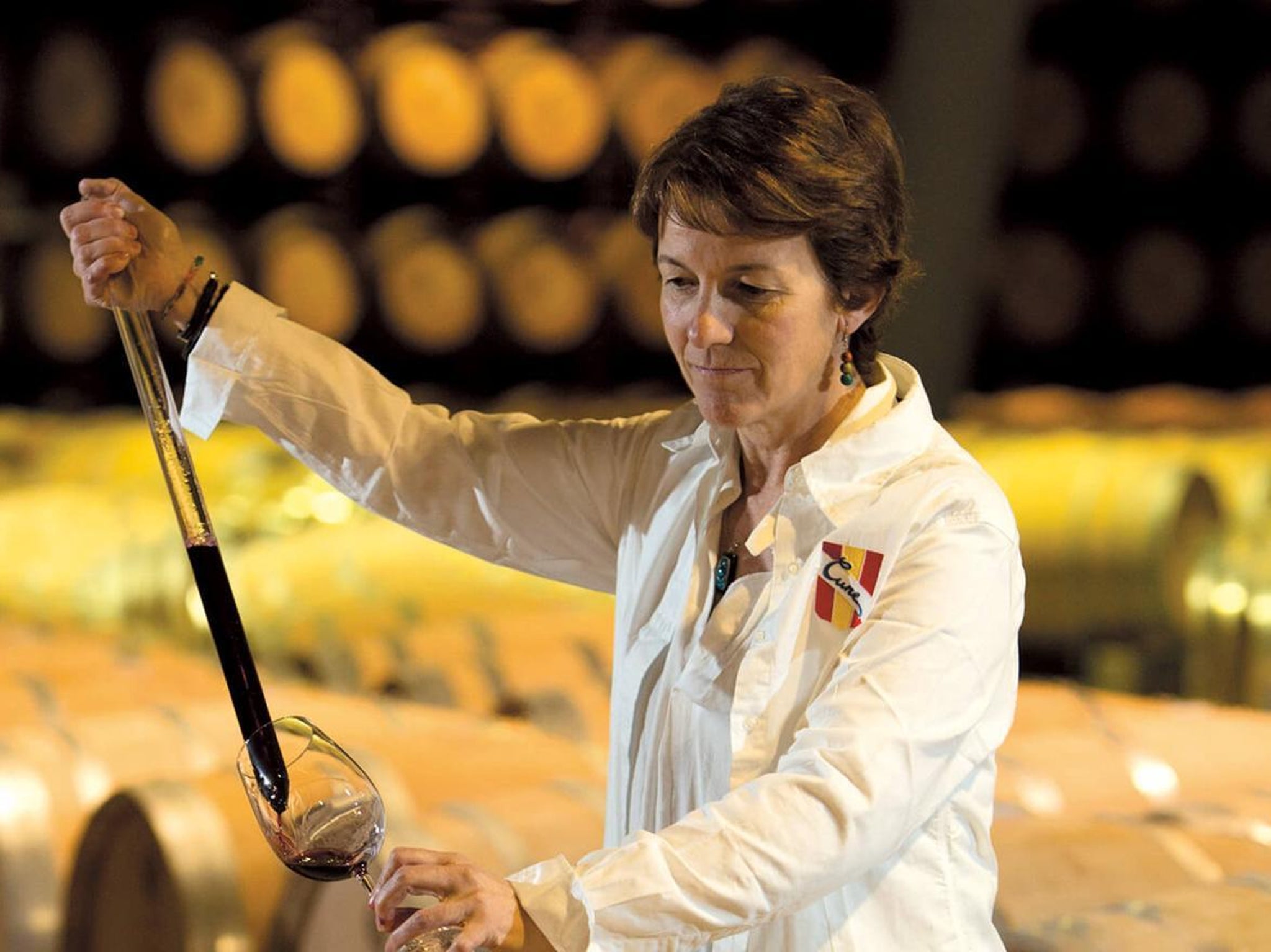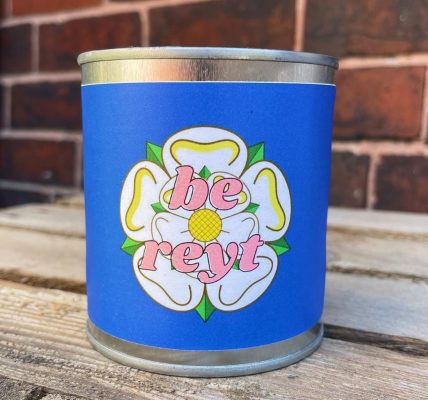Women are having a growing impact on winemaking and it is long overdue
Back in the day when I was new to the world of wine buying for a major supermarket, I was often the only female at tastings or in meetings.
That didn’t bother me, in fact I barely noticed except when one of the grandees of the wine writing world told me off for wearing perfume. I wasn’t – but he insisted I was, and then proceeded to spit his wine all over my shoes. In those days male egos were very fragile.
Visiting wineries I would usually meet with a male manager, sales representative and winemaker. There would be a female in the laboratory, quietly working the analytical equipment, but they were not allowed outside their glass-fronted box unless it was to take samples of grapes.
Fast-forward a few decades and there are women everywhere – in sales, management and in wine writing, but definitely in winemaking. In the week that celebrates International Women’s Day it is worth recognising that women have probably had to work particularly hard to get where they are.
I asked Virginia Willcock, winemaker at Vasse Felix in Australia whether it had been difficult to get to her undoubted top job.
“No, not really. I have had some great bosses who have recognised that I work very hard and I just get on with the job.”
Not everyone has had the same experience. In Australia around half the wine graduates are women, but within 10 years only 10 per cent of them are still employed in the wine industry. Either the industry has so many high flyers that it is quite content to waste this valuable resource, or maybe it still needs to change its attitude.
Do women winemakers make better wine than men? Probably not, there are talented winemakers across the industry, each with exceptional skills to turn grapes into glorious wines.
But given the imbalance in the industry perhaps it is time for a little positive discrimination.
Here are some great wines from great winemakers, who just happen to be women.
CVNE Rioja Tempranillo Crianza 2017, Spain, Morrisons £8.75 for a single bottle, on a 3 for 2 offer until June: Maria Larrea has been technical director at the company widely known as CVNE or CUNE (Companiá Vinícola del Norte de España) for 14 years.
Now promoted to Chief Winemaker, she is responsible for the full range of wines, from the everyday, great value Crianza to Imperial Gran Reserva. The 2014 vintage of this spectacular wine was named the best wine in Wine Spectator’s top 100.
The red wines from this company are excellent, but I have a fondness for their excellent white Rioja, which proudly declares ‘barrel-fermented’ on the label, but it has more citrus and cream instead of oaky flavours (£9.50 Co-op).
Nyetimber Classic Cuvée, Sussex, Field and Fawcett £31.95: Named as Sparkling Winemaker of the year in 2018, Cherie Spriggs is the first female winemaker to have won that award as well as being the first winner based outside Champagne.
Canadian-born Spriggs was studying winemaking in British Columbia when she came across a bottle of Nyetimber sparkling wine and that inspired her to apply for a job at the Sussex estate.
Now she is Head Winemaker, and she has helped establish Nyetimber as one of the UK’s leading wine estates.
Made exclusively from estate-grown grapes, the three classic grape varieties, Chardonnay, Pinot Noir and Pinot Meunier are aged for a minimum of three years to achieve the right depth and complexity in the wine. With a creamy, rounded texture and clean lemon and brioche notes, Nyetimber is a wine that conjures up tastes of springtime in an English garden.
Taittinger Brut Réserve Champagne, Tesco down from £35 to £28 until March 8: There has been a change of management at Taittinger which bought back control of the company from a multinational in 2006. Pierre-Emmanuel Taittinger who has run the company since that buy-back, has handed over the business to his daughter Vitalie Taittinger who now becomes President.
Of course it helps to be in the family to acquire control of a company, but Vitalie has put in 12 years at Taittinger and now has the huge responsibility of developing one of the great wine names.
Villa Maria Private Bin Sauvignon Blanc 2020, New Zealand, Morrisons £9.75: Made by Helen Morrison who has clocked up 15 years in winemaking at various Marlborough producers, including seven years at Villa Maria where she is Senior Marlborough Winemaker.
Villa Maria is my go-to version of New Zealand Sauvignon Blanc for its clean, fresh flavours and wide availability.
Yalumba The Cigar Cabernet Sauvignon 2017, Coonawarra, South Australia, Majestic £19.99 on a mix six deal: Louisa Rose started out at Yalumba as a cellar hand in 1992 and she has stayed with the company working up to her current position as Head of Winemaking.
She ranks as one of Australia’s foremost winemakers, not only in charge of the Yalumba range but she also sits on various industry boards that oversee the whole of South Australia’s wine production. Yalumba’s wines are consistently good, in particular the Y series that offers great flavours and value.
Try Yalumba Y Series Viognier (around £8.50, widely available) for delicious apricot and citrus flavours. The Cigar is a fairly new addition to the range; the name refers to the long thin shape of Coonawarra’s vineyards. The wine is fresh-tasting with blackberry and strawberry fruit and light spicy notes.
Zuccardi Apelación Cabernet Franc 2017, Mendoza, Argentina, Cellar Selected £14.50: Laura Principiano is Head of Winemaking and research and development at Zuccardi in Mendoza, Argentina and so she is responsible for the style and quality of the wines from this innovative and dynamic producer.
Ever since José Alberto Zuccardi gave a splendid tasting in York Minster’s Chapter House as part of York’s Food Festival, I have been a keen follower of these wines and I have not been disappointed.
This Cabernet Franc with its balanced fruit and herby overtones shows that there is a lot more to Argentina than Malbec.










